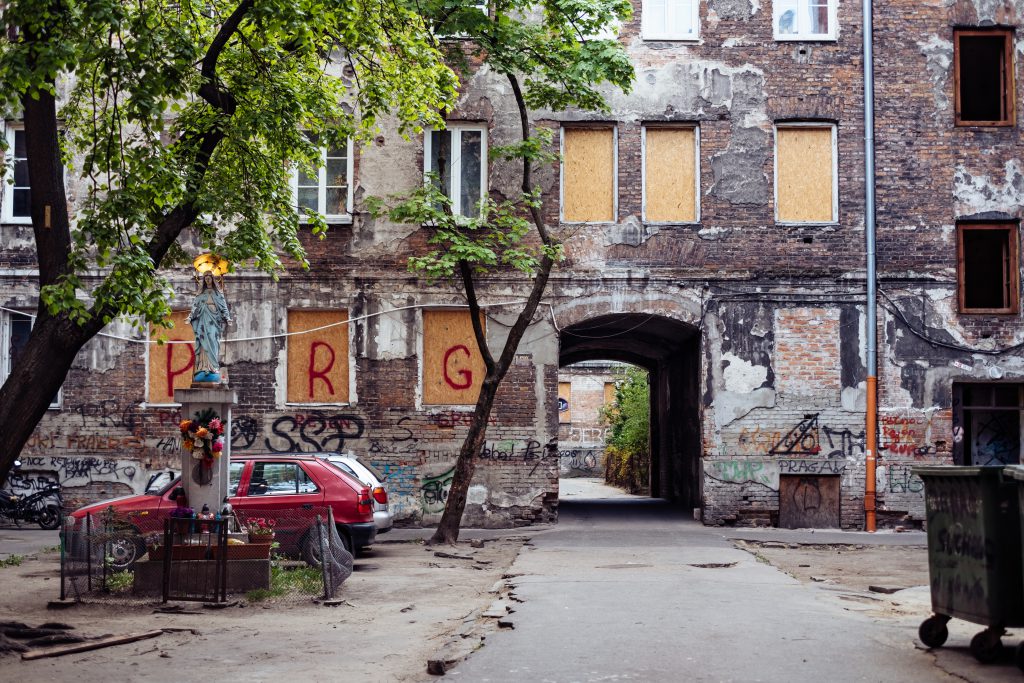Appreciating Real Estate Cash Rebates
 Such triumphs didn’t imply much change for 1937. But Harley Earl wasn’t satisfied, so Flint’s Turret-Tops gained longer fenders with blunt trailing edges, plus horizontal grille bars and complementing side hood vents. Buick was perhaps GM’s best-looking ’37 car, and still an industry style-setter. Mechanically, the bigger eight returned unchanged, but a longer stroke boosted Special’s engine to 248 cid, horsepower to an even 100. Factory figures suggested a ’37 Special could scale 10-60 mph in 19.2 seconds — fine performance for the class and only a second behind the hot Century. New for all ’37s were hypoid rear axle, improved generator, standard windshield defroster, front/rear antiroll bars, and a claimed industry first: a steering-wheel horn ring (Cord introduced it in ’36).
Such triumphs didn’t imply much change for 1937. But Harley Earl wasn’t satisfied, so Flint’s Turret-Tops gained longer fenders with blunt trailing edges, plus horizontal grille bars and complementing side hood vents. Buick was perhaps GM’s best-looking ’37 car, and still an industry style-setter. Mechanically, the bigger eight returned unchanged, but a longer stroke boosted Special’s engine to 248 cid, horsepower to an even 100. Factory figures suggested a ’37 Special could scale 10-60 mph in 19.2 seconds — fine performance for the class and only a second behind the hot Century. New for all ’37s were hypoid rear axle, improved generator, standard windshield defroster, front/rear antiroll bars, and a claimed industry first: a steering-wheel horn ring (Cord introduced it in ’36).
Last seen on ’83 Electras, the portholes returned as part of Buick’s 100th anniversary celebration. For its last year in 2005, all Park Avenues (not just Ultras) proudly displayed portholes. The introduction of the new LeSabre transferred production to Detroit and marked the end of Buick production in Flint, where most Buicks had been built since 1904. Buick moved its headquarters from Flint to Detroit’s Renaissance Center the previous year. Thus ended nearly a century of association between Buick and Flint. LeSabre got a mild cosmetic freshening for 1997 before it, too, became a G-car. Model-year sales dwindled to just 9,363 for that final year.
The 3.8-liter V-6 with 197 bhp from the previous cars was joined by Cadillac’s Northstar V-8 engine with 275 horsepower — Buick’s first passenger-car V-8 in more than a decade. Another was GM’s steady loss of market share, which withered to only some 25 percent by the start of the new millennium. Light-truck demand grew at a phenomenal pace throughout the 1990s, one of the most important market trends of the decade. Interiors were more luxurious with fit and materials to match any car in its class.
It was a definite asset during the big-car sales slump touched off by the Middle East oil embargo late that year, but intermediates would remain more important to Buick’s overall health. Confusing buyers for 1975 was the return of the Skylark name at the top of the compact line, where it would eventually supplant Apollo. A genuine surprise was the new-for-’75 Skyhawk, the smallest Buick in living memory. In common with all X-body variants that year, Buick’s version gained heavily revised outer panels that gave it something like European “sports sedan” flair.
Custom and plusher Limited trim was cataloged all along. While none of these cars matched certain Japanese rivals for refinement, workmanship, and economy, they were at least competent and sometimes pleasant. Styling changed little through the final ’89 models save an optional hidden-headlamp nose from 1986. Coupes, turbos, and T Types were all dropped after ’87 due to dwindling sales and the division’s return to its more-traditional “Premium American Motorcars” thrust. The inevitable T Types arrived for ’83 — notchback two-doors first, then fasthatch coupes too. In sales, Skyhawk typically ran in the middle of the J-car pack — behind Chevy Cavalier and Pontiac’s 2000/Sunbird but ahead of Olds Firenza and Cadillac Cimarron. If you loved this article and you would like to receive more details concerning City of Abbotsford selling a portion of Mill Lake park for condos – click here to read – kindly browse through our own website.
Sloped-roof “aeroback” styling on the two- and four-door sedans was out of phase with buyer tastes, though there was nothing wrong with the handsome wagon. Buick had turbocharged its V-6 with the new midsize line in mind, offering it in sporty Century and Regal sport coupe models. Buick corrected this mistake for 1980 with a more-formal-looking notchback four-door bearing a faint resemblance to the first-generation Cadillac Seville, and sales took off. But the sales pattern was the same, and the blown Century vanished with aerobacks.


